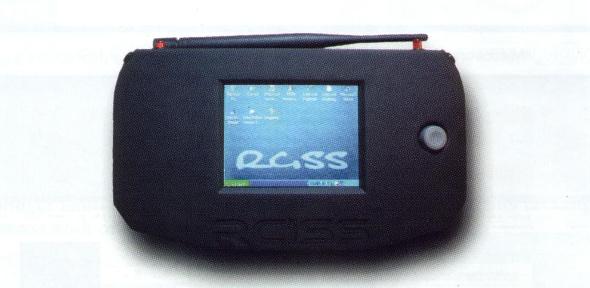
Andrew Nowell (19) a first year undergraduate here at the Department has won the top Alcatel Lucent Innovation Prize of US$15,000 at the Intel International Science and Engineering Fair (ISEF) held in Albuquerque, New Mexico. He also won the US$3,000 first prize award in the Electrical and Mechanical Engineering Category with his remote computer interface invention.
This was the most amazing experience of my life, I felt like a Hollywood film star collecting an Oscar.
Andrew Nowell
Despite feeling jet-lagged as he stepped off the plane back in London, Andrew said, “This was the most amazing experience of my life, I felt like a Hollywood film star collecting an Oscar. I will remember this trip for the rest of my life.”
Andrew was put through to the competition from the UK event 'Young Engineers for Britain'. “Entering 'Young Engineers for Britain' last year turned out to be a life changing experience for me,” Andrew continued, “and I am really excited at what the future might hold following this recent success.” Andrew’s invention, which he demonstrated to several teams of judges and to hundreds of visitors at Intel ISEF as well as being interviewed by countless US media representatives, is a handheld electronic device employing a TFT (thin film transistor) screen and built in joystick to provide remote control and operation of a desktop computer via a wireless link.
Andrew describes the device as follows: "I set out to design a product that would encapsulate the power of a conventional PC in a portable form, whilst avoiding the complexities and costs of a conventional portable, or the performance limitations of devices like Palms, Pocket PCs and Microsoft’s Origami portable. I call my system RCISS (remote computer interface and security system). It consists of a hand-held device (the Handheld), incorporating a screen, speakers a joystick (controlling a cursor on the screen), and left and right mouse buttons. In-built wireless transmitters and receivers connects the Handheld to a modified desktop PC, and the PC’s video output, which would normally appear on the PC’s monitor, is displayed on the Handheld. Unlike many other portable devices, the Handheld doesn’t require a PC motherboard, a hard drive or a memory system. The end result is a device that is light, compact and with low production costs. The absence of a conventional keyboard does impose some limitations on the user. However, there are a wide range of PC applications, e.g. control, playing audio and video files, that can be driven solely by a mouse. Where keyboard functions are indispensable, as for email, there is always the option of using an on-screen virtual keyboard."

